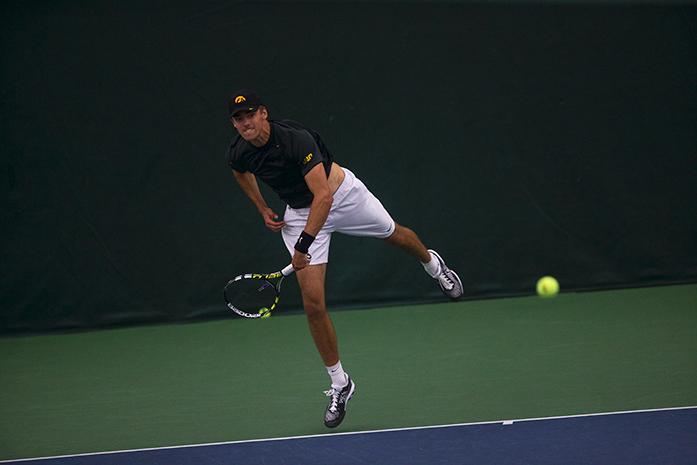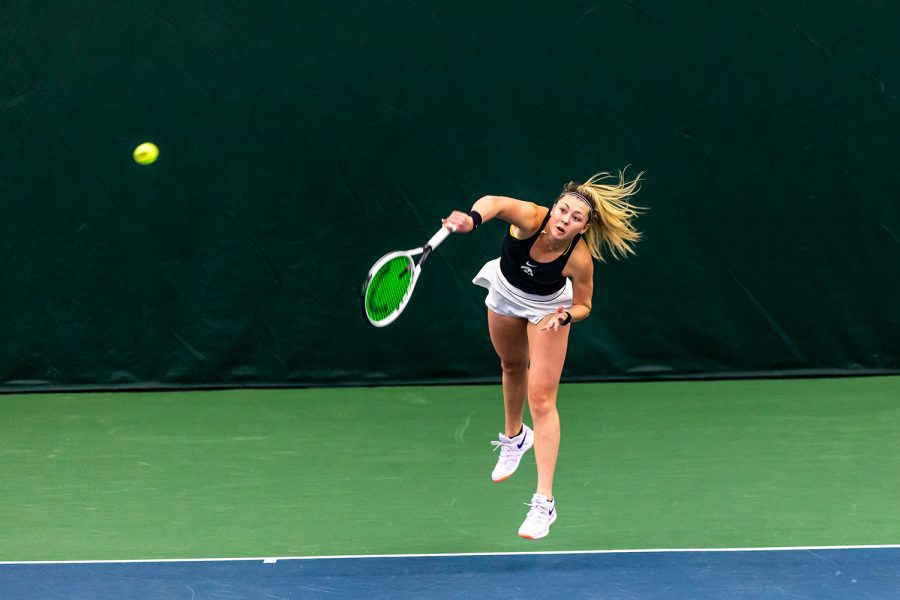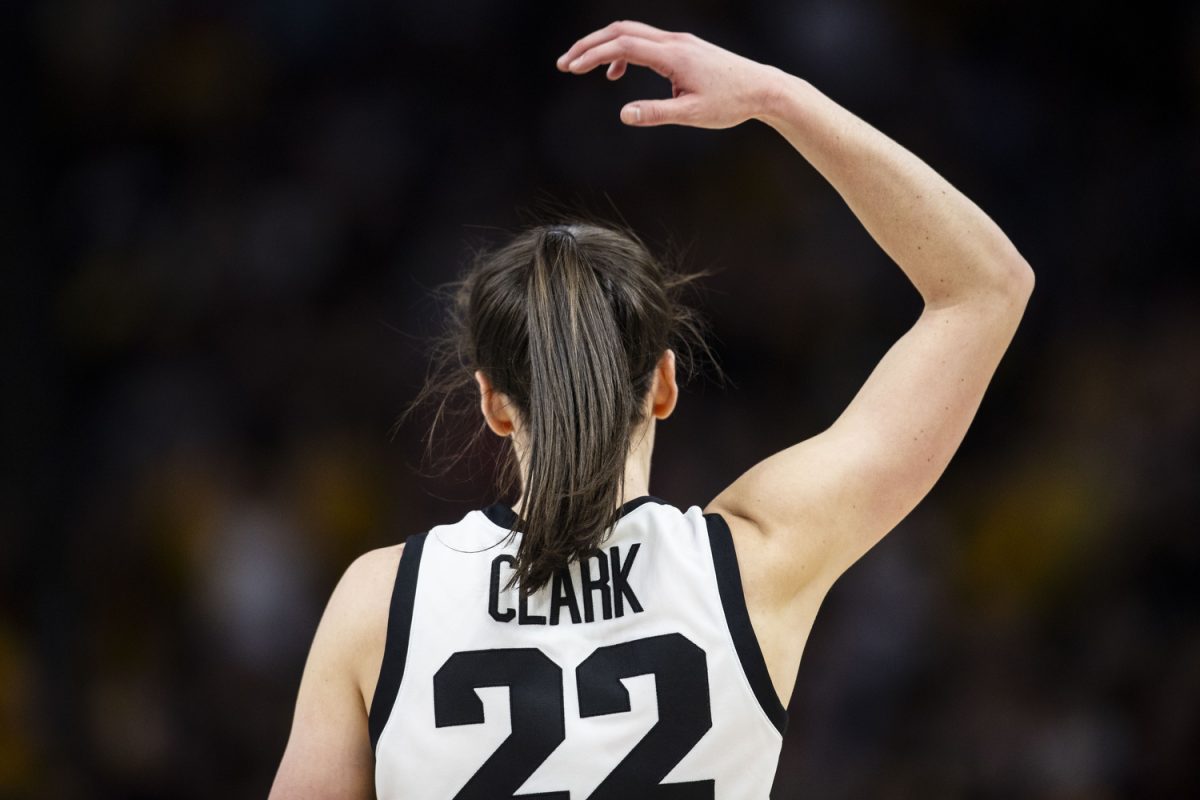By Blake Dowson
[email protected]
Not since the days of Andy Roddick have Americans had one of their own experience a great deal of success on the world tennis stage.
International male tennis players have dominated the worldwide competition for some time. Guys such as Roger Federer, Novak Djokovic, Rafael Nadal, and Andy Murray now rule the game, and it has been 12 years since an American man last won a tennis grand-slam tournament.
College teams often put together lineups made up of almost half international players, something Hawkeye head coach Ross Wilson said is necessary to compete at the highest level.
“Tennis is such a worldwide sport, you have to recruit worldwide,” he said. “If you want to compete, you have to go out and find foreign talent.”
Of the 115 tennis players in the Big Ten, 43 come from a foreign country.
With five of the nine players on the Hawkeyes’ roster coming from overseas, Iowa comes in well above the conference average.
In fact, Purdue is the only other team in the conference that boasts a roster made up of more foreign players than domestic.
“The friendships you build playing tennis, it’s the same wherever you’re from,” Wilson said. “The common goals that we have here help to build friendships.”
Hawkeye sophomore Josh Silverstein, who has played against foreign competition since he was in high school in Great Neck, New York, said the experience against international competition as a junior player helped him prepare for college tennis.
“When I was in high school, I traveled to Canada, Mexico and Bolivia to play,” Silverstein said. “I trained with some foreign guys, too. I was exposed to it a lot before I came to Iowa.”
Junior Nils Hallestrand of Sweden said he mostly played tournaments in Denmark, Sweden, and Finland as a junior player.
Hallestrand did make a trip to Miami as a junior to play in the Orange Bowl, which, he said, is the unofficial world tournament.
Silverstein and Hallestrand agreed there are differences in the style of play between foreign and American players.
What they didn’t agree on is who plays what style.
“Most of our guys play the same style on this team,” Hallestrand said. “But as a whole, international players are grinders. Growing up on clay courts, they learn to keep a lot of balls in play.”
Silverstein claimed the opposite.
“I would probably say that the foreign guys are more talented and more finesse,” Silverstein said. “But the American players grind out every single match. It tends to even out once you get to college.”
With international players competing on clay courts growing up, they tend to have more of an all-around game than Americans heading into college, Wilson said.
For the Iowa men’s tennis team, there is no barrier between foreign and domestic players.
Where there many times is a barrier between international students and American students, that’s not case for the Hawkeyes.
“We’re all just best friends,” Silverstein said. “The team chemistry is unbelievable, this team is so close.”










